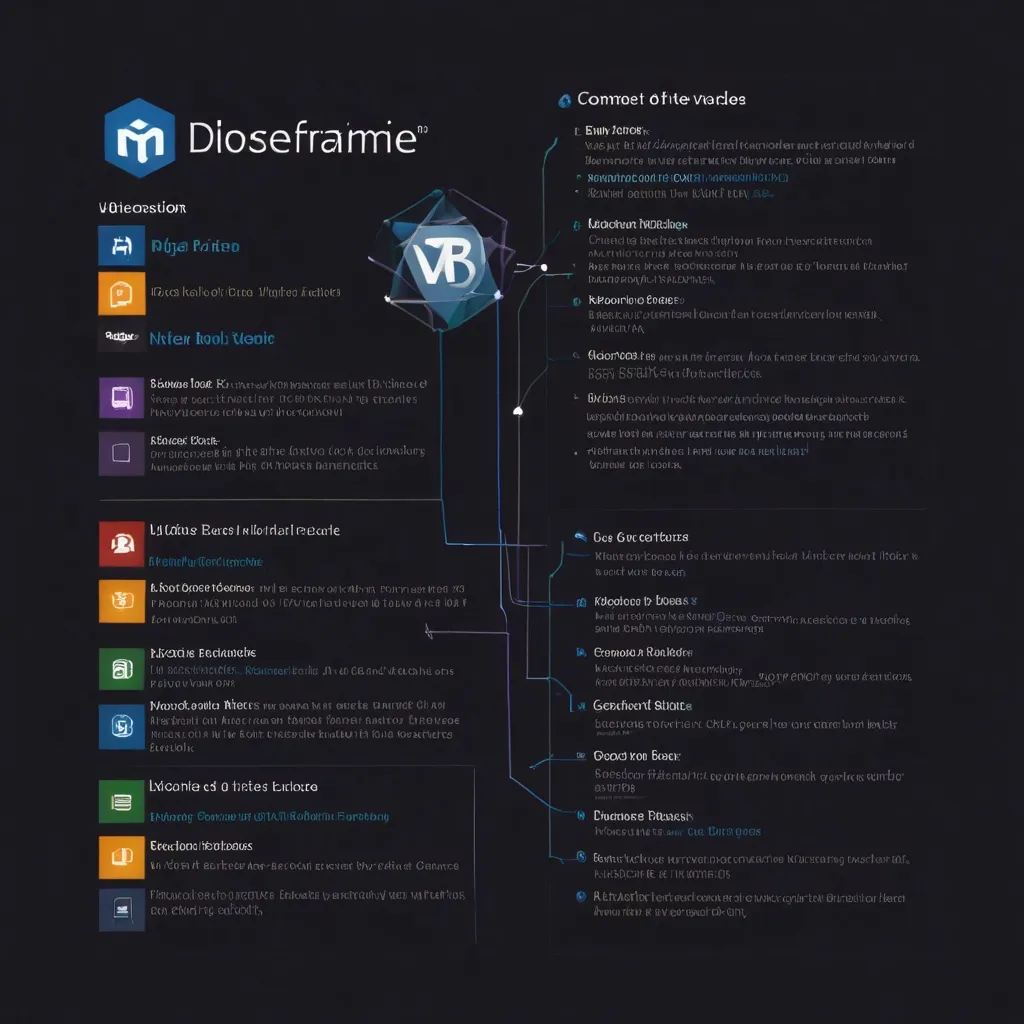Type systems are the bedrock of modern programming languages, providing structure and safety to our code. I’ve worked extensively with various type systems across my development career, and I’ll share my insights on how they shape the way we write software.
Static typing validates types during compilation, catching errors before runtime. Dynamic typing performs these checks while the program runs. Each approach offers distinct advantages. Static typing provides early error detection and improved tooling support, while dynamic typing enables rapid prototyping and flexibility.
Let me demonstrate static typing in Java:
public class Example {
public static <T extends Comparable<T>> T max(T x, T y) {
return x.compareTo(y) > 0 ? x : y;
}
public static void main(String[] args) {
Integer result = max(10, 20); // Type checking at compile time
String text = max("hello", "world");
}
}
Type inference has revolutionized static typing, making it less verbose while maintaining safety. Modern languages like Kotlin showcase this elegantly:
val numbers = listOf(1, 2, 3) // Type inferred as List<Int>
val doubled = numbers.map { it * 2 } // Type preserved through transformation
Generic types enable code reuse while maintaining type safety. Here’s how we implement them in C#:
public class Stack<T> {
private T[] elements = new T[100];
private int top = -1;
public void Push(T item) {
elements[++top] = item;
}
public T Pop() {
return elements[top--];
}
}
Type coercion rules vary significantly between languages. JavaScript’s behavior often surprises developers:
console.log(1 + "2") // Outputs: "12"
console.log("2" - 1) // Outputs: 1
console.log([] + {}) // Outputs: "[object Object]"
Python’s type system offers flexibility while maintaining clarity:
def process_data(items: list[int]) -> int:
return sum(items)
# Still works without type hints
def flexible_function(x):
return x * 2
Type safety prevents common runtime errors. Consider this TypeScript example:
interface User {
id: number;
name: string;
email: string;
}
function sendEmail(user: User) {
console.log(`Sending email to ${user.email}`);
}
// This would cause a compile-time error
const invalidUser = { id: 1, name: "John" };
// sendEmail(invalidUser); // Error: missing email property
Performance implications of type systems are significant. JIT compilation in languages like Java optimizes code based on type information:
public class Performance {
public static void main(String[] args) {
long start = System.nanoTime();
int sum = 0;
for (int i = 0; i < 1000000; i++) {
sum += i;
}
long end = System.nanoTime();
System.out.println("Time: " + (end - start) / 1000000.0 + "ms");
}
}
Type checking tools enhance development experience. Consider Flow for JavaScript:
// @flow
function square(n: number): number {
return n * n;
}
// This would fail type checking
// square("not a number");
Gradual typing systems bridge static and dynamic typing. Python’s type hints demonstrate this:
from typing import Optional
class DataProcessor:
def process(self, data: Optional[dict]) -> list:
if data is None:
return []
return list(data.values())
Common type-related bugs often involve null references. Rust prevents these through its ownership system:
fn main() {
let text: Option<String> = Some(String::from("Hello"));
match text {
Some(value) => println!("Got value: {}", value),
None => println!("No value present"),
}
}
Type systems also support pattern matching, enhancing code clarity:
sealed trait Shape
case class Circle(radius: Double) extends Shape
case class Rectangle(width: Double, height: Double) extends Shape
def area(shape: Shape): Double = shape match {
case Circle(r) => Math.PI * r * r
case Rectangle(w, h) => w * h
}
Modern type systems support union types and type intersections. TypeScript showcases this:
type StringOrNumber = string | number;
type Rectangle = { width: number, height: number };
type Circle = { radius: number };
type Shape = Rectangle | Circle;
function calculateArea(shape: Shape): number {
if ('radius' in shape) {
return Math.PI * shape.radius ** 2;
}
return shape.width * shape.height;
}
Type systems influence error handling patterns. Swift’s optional types demonstrate this:
func divide(_ x: Int, by y: Int) -> Int? {
guard y != 0 else { return nil }
return x / y
}
if let result = divide(10, by: 2) {
print("Result: \(result)")
} else {
print("Division failed")
}
Type systems also impact testing strategies. Consider this Java example with generics:
public class Pair<T, U> {
private T first;
private U second;
public Pair(T first, U second) {
this.first = first;
this.second = second;
}
public T getFirst() { return first; }
public U getSecond() { return second; }
}
// Testing different type combinations
Pair<Integer, String> pair = new Pair<>(1, "one");
Pair<Double, Boolean> another = new Pair<>(1.5, true);
Type systems enable powerful abstraction through interfaces and traits:
trait Drawable {
fn draw(&self);
}
struct Circle {
radius: f64
}
impl Drawable for Circle {
fn draw(&self) {
println!("Drawing circle with radius {}", self.radius);
}
}
Finally, type systems support metaprogramming through reflection and type metadata:
public class TypeInspector {
public static void InspectType<T>() {
Type type = typeof(T);
Console.WriteLine($"Type name: {type.Name}");
foreach (var property in type.GetProperties()) {
Console.WriteLine($"Property: {property.Name}: {property.PropertyType}");
}
}
}
Type systems continue to evolve, incorporating new features while maintaining backward compatibility. They remain essential for building reliable, maintainable software systems.






